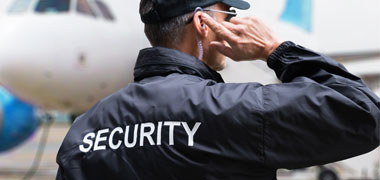
How do I become a photogrammetrist?
Bachelor of Science (Geospatial Science)
- There are no mandated entry requirements.


Bachelor of Surveying (Honours)
- There are no mandated entry requirements.


Related occupations
Land Surveyor
A Land Surveyor maps land contours for construction, collaborates with industry pros, uses specialised equipment, and manages projects on-site.
Building Surveyor
Building Surveyors ensure structures meet safety and code standards, assess plans, inspect buildings, and provide improvement recommendations.
Surveyor Assistant
A Surveyor Assistant aids surveying projects by setting up equipment, taking measurements, and following the supervising surveyor's directions.
GIS Analyst
A GIS Analyst uses spatial data to create plans and maps for the construction industry, requiring strong attention to detail and communication skills.
Engineering Surveyor
An Engineering Surveyor conducts surveys for construction projects, analyses plans, manages multiple tasks, and communicates with stakeholders.
Planning and Development Surveyor
A Planning and Development Surveyor evaluates land use, ensures compliance with regulations, conducts surveys, and prepares planning applications.
Geospatial Analyst
A Geospatial Analyst interprets spatial data using GIS and remote sensing to inform decisions in various sectors, creating maps and visualisations.
Cadastral Surveyor
A Cadastral Surveyor defines property boundaries, ensuring legal accuracy for land ownership and providing essential data for development projects.
Building Inspector
A Building Inspector ensures construction projects meet Australian codes by inspecting plans and sites for safety and compliance.
Construction Surveyor
A Construction Surveyor measures land and marks construction sites to ensure projects comply with design specifications and legal requirements.
Underground Service Locator
An Underground Service Locator identifies and maps underground utilities to prevent damage during excavation, ensuring safety on construction sites.
Further reading


Most popular photography courses
9th May 2022)
